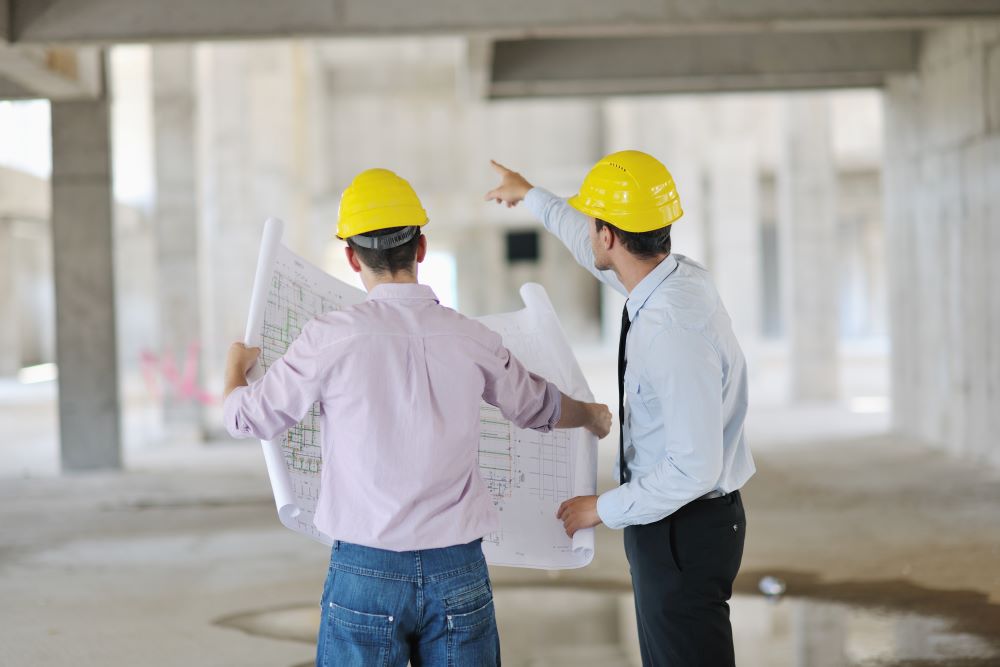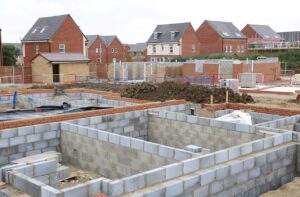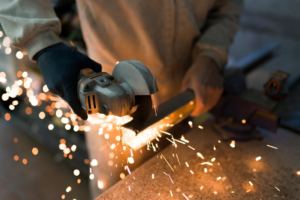Why we should be building hemp block houses

Many ‘green’ consumers may be unaware that buildings are responsible for around half of total greenhouse gas emissions. Harmful emissions are produce during the production of building materials, construction process and throughout the ongoing maintenance, heating and cooling of our buildings, once occupied.
Needed – a Green Building Material
Climate change and sustainability are increasingly becoming a key consideration. 32%* of UK consumers are now highly engaged with adopting a more sustainable lifestyle and 28% have stopped buying certain products due to ethical or environmental concerns – with clear drive for change, why aren’t we looking at alternative construction materials?
The most effective sustainable remedy to the climate threat posed by modern construction would be to swap the standard high-energy, petrochemical-based insulation with an eco-friendly, non-flammable, natural alternative. Ideally, this material would be highly insulative too; as well as durable, sound absorbing and energy-saving. Even better, it would be toxin-free, impervious to mould and pests, highly fire-resistant and carbon negative (able to lock up more carbon than it emits).
The good news is that is is no green dream and that this building material already exists. Hempcrete ticks all the boxes while reducing greenhouse gas emissions, making it a truly sustainable building material.
The bad news is that despite being around for almost 40 years, hempcrete is still not used as standard in construction. So, why not?
Why aren’t constructors using Hempcrete already?
“Architects and construction companies are aware of the significant health and environmental benefits of hempcrete, but we are competing with huge, long-established building material manufacturers with immense marketing power”, says Hemp Block Company’s Technical Director, William Stanwix, also co-author of The Hempcrete Book.
“These industry giants offer all-too-tempting time-saving resource and support to the industry, alongside their product, so traditional materials usually end up being the most attractive, ‘easy’ option, despite their effect on the planet and potentially our health.”
“As things stand, smaller hempcrete companies can’t compete and current building controls don’t make it easy for the hemp block house builder. For us to move towards a more toxin-free, planet-friendly mode of construction, we need support from government and new legislation and it all starts with education. The consumer needs to be informed about the negative health and environmental implications of an outdated construction model and demand sustainable, healthier materials as standard.”
What are hempcrete blocks?
Hempcrete is a natural, breathable building material with many advantages, unfortunately there have traditionally been several issues which have restricted its wider use, namely, requiring specialist knowledge, inconsistent supply and ultimately higher cost.
Hemp Block Company has resolved these issues by making hempcrete blocks, which require no specialist skills or equipment to use. They can be used in a variety of ways, from roof insulation to wall construction and flooring and are completely biodegradable after use.
How are hempcrete blocks healthy?
Unlike conventional insulation materials, hempcrete does not contain Volatile Organic Compounds (VOCs), which “off-gas” toxic chemicals into our homes.
The blocks also help regulate internal humidity, which stops condensation gathering on wall surfaces. This prevents the formation of damp and mould spores, both of which can be harmful to human health. Optimum indoor humidity (between 40-60%) also helps to stop the spread of viral and bacterial infections.
Hemp is one of the only building materials that removes carbon from the air, making it carbon negative and the better option for the health of the planet.
How are hemp blocks made?
Hemp ‘shiv’ is created when the stalk of the industrial hemp plant is broken up onto fine chips. Mixed with a lime-based binder and water, it sets hard to become a highly effective insulator for walls, floors, and roofs. Hemp blocks are the most accessible form of hempcrete and are light and easy to use.
To learn more, visit https://hempblock.co.uk/
*Source Deloitte 2021


